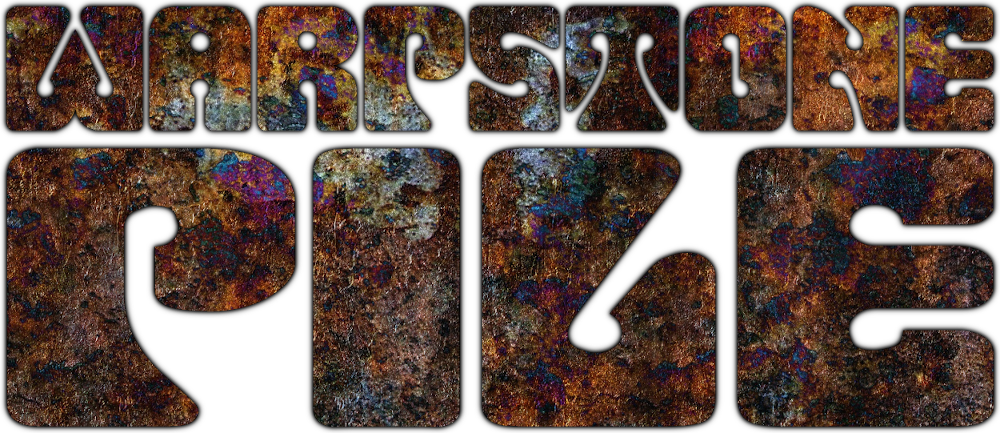
I’ve been pretty self-satisfied about my faces lately, so I figured I’d knock out a quick walkthrough of how I paint Caucasian faces while wrapping up my Blood & Plunder minis over the weekend.
I did have a couple of issues putting this together:
- Like an idiot, I deleted a couple of the step photos.
- I’m less than thrilled with the end result of the demo (but at least I have other examples of successful faces.
It’s kinda hard to tell the difference with some of these steps (which is why I accidentally deleted some of them), which is why I’ve supplemented the mini photos with a photoshopped face (source for the original image). I’ve kept the strokes rough because I’m just paintin’ with a mouse, but also because frankly on a 28mm figure, that’s what brushstrokes are actually going to look like.
Step 0: Primed
I normally basecoat grey or, more recently, black with white zenithal highlights. This was a spur of the moment thing, so I ended up just basecoating white. Won’t matter much.

Step 1: Basecoat
Paint everything GW Bugman’s Glow.

When dry, paint everything GW Cadian Fleshtone.

The goal is Cadian Fleshtone, but the coverage with it is poor enough that it’s just simpler to basecoat with the base paint.
Step 2: Layer
Block in shapes with GW Kislev Flesh. Get the nose, eyebrows, cheeks, chin and jawline, lips, forehead, ears.

Step 3: Wash
Wash the whole thing with GW Reikland Fleshshade.

Step 4: Highlight
Now’s the time to be precise. Pick out details with a fine-tipped brush and GW Kislev Flesh. Target the nose, chin, eyebrows, lower lip, ear tops and lobes, and the tops of the cheekbones.

Step 5: Eyes
(Of course I kept all of these.)
With as fine a brush as you can manage, fill in the eyes with GW Rhinox Hide. I’ve seen other people do this with black, but I think it’s too strong: you want to draw attention to the eyes, but you don’t want your figure wearing mascara (unless you do).

Go over the brown ovals with P3 Menoth White Highlight. I prefer this because it’s a bright ivory… but it’s not actually white. Leave some brown around the edges, though, to help the eye stand out.
If you screw up: just go back and touch up with more Rhinox Hide.

Take a pointed toothpick. Sharpen the point. Dab it into the GW Rhinox Hide you used above. Wipe off the excess. Pick a direction and poke it into the eyes. I used to do straight-ahead, but it’s just easier to do the eyes looking off to the side and maybe more dynamic? I’m using brown here because, again, I think black is too strong.

I did blue on the Frostgrave Barbarians last month, and thought it was really effective. I might pursue this: do color, do the dot larger, and then maybe go in with a black dot as a pupile.
Step 6: Glazing
Mix about 50:50 GW Wazdaka Red : GW Emperor’s Children: looking for a nice rose color here.
UPDATE: GW Volupous Pink is the way to go here!

Then thin that sucker out with a lot of water and a drop or two of matte medium, until it’s at about this level of transparency:

Better to be too thin and require multiple passes than not thin enough and ruin everything. If you need to do multiple passes: just make sure it’s dry before the next one.
Carefully apply it to the cheeks and tip of the nose. Maybe the ears if you feel like it.

Take some GW Dark Reaper, and thin it out as much as you did the rose.
UPDATE: GW Gryph-Charger Grey is the way to go now!

Now apply it to the beard area. In this example, I think I went too dark: you can do that, but I’m generally not trying to do stubble, just to give some color to the face.

Step 7: Wrap it Up
Finish painting the other details on the head. Teeth, if you can see ’em. I like to draw a little line of GW Agrax Earthshade between the lips (if the mouth is closed) or just in the mouth (if it’s open).

Other Examples

Here are a couple of practice heads I’ve been working with.
And some Frostgrave faces I think came out well and photographed OK. This is where this approach has really clicked for me.


Summary
- GW Bugman’s Glow basecoat
- GW Cadian Fleshtone basecoat
- GW Kislev Flesh layer
- GW Reikland Fleshshade wash
- GW Kislev Flesh highlights
- GW Dryad Bark detail
- P3 Menoth White Highlight detail
- GW Dryad Bark detail
- 50:50 GW Emperor’s Children : GW Wazdakka Red glaze
- GW Dark Reaper glaze
- GW Agrax Earthshade detail
Hopefully this helps someone out.
















































